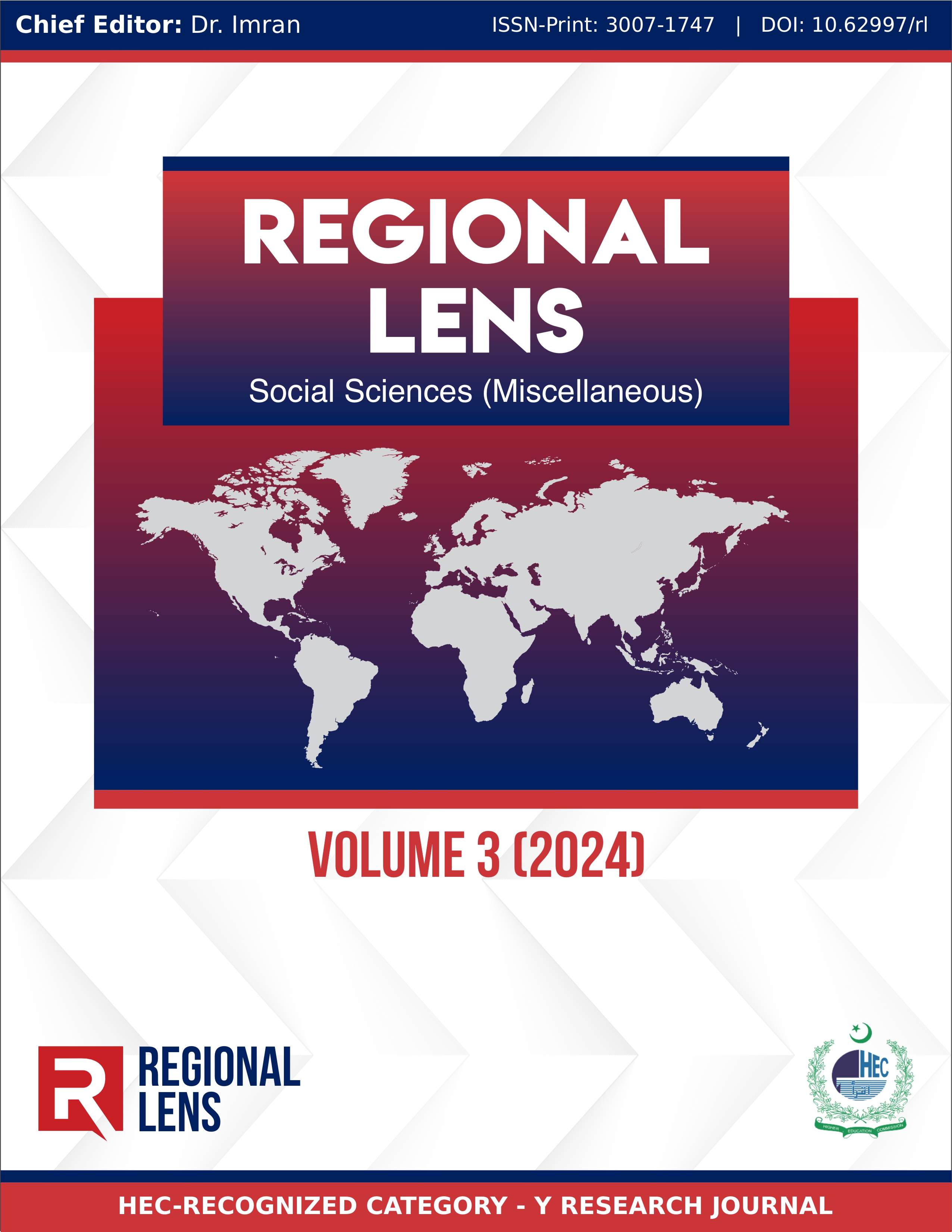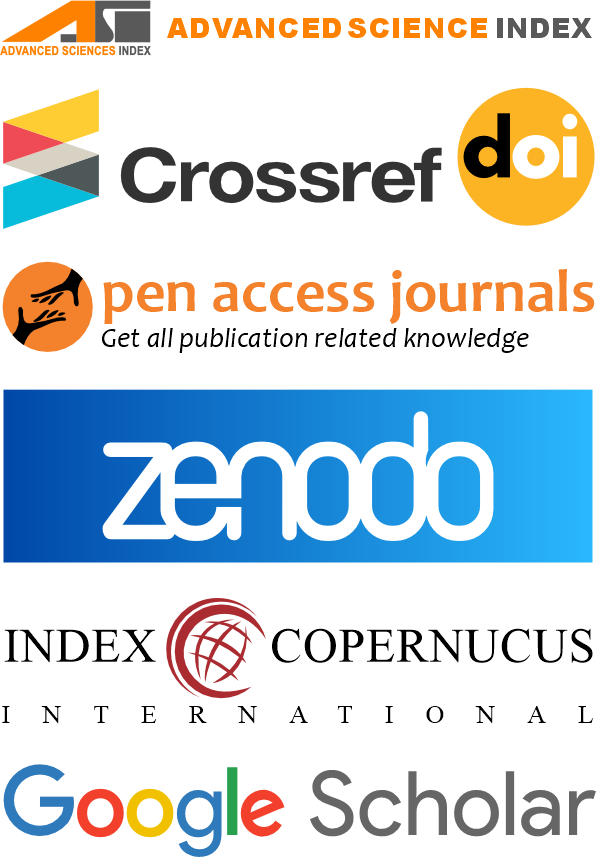Comparative Analysis of Educational Quality in Privatized-Public Schools Under the Public-Private Partnership Program and Low-Performing Public Schools in District Gujranwala
DOI:
https://doi.org/10.62997/rl.2024.31052Keywords:
Educational Quality, Privatized-Public School, Public-Private Partnership Program, Low-Performing Public School, Education, GujranwalaAbstract
The study, Comparative Analysis of Educational Quality in Privatized-Public Schools Under the Public-Private Partnership Program and Low-Performing Public Schools in District Gujranwala, examines the effectiveness of the Public-Private Partnership (PPP) initiative in addressing educational challenges in low-performing public schools. Using a mixed-methods approach, data were collected through self-developed instruments, including the Scale for Evaluation of School Performance (SESP) and a checklist for physical facilities, and analyzed using descriptive statistics, t-tests, and qualitative interviews with parents. Quantitative findings revealed that privatized-public schools performed better in assessments, parent-teacher interaction, and co-curricular activities, enhancing students’ development and parents’ engagement. However, these schools lagged in teacher qualifications compared to low-performing public schools, which excelled in this area but struggled with inadequate infrastructure and resources. Gender parity among teaching staff was observed in both school types, with a higher proportion of female teachers. Qualitative data highlighted that parent of privatized-public school students appreciated financial relief, improved facilities, and increased stakeholder interaction, while parents of students in low-performing public schools expressed concerns about limited teacher engagement and poor communication regarding their children's progress. The findings underscore the strengths and weaknesses of both school types, emphasizing the need for targeted improvements in teacher training, infrastructure development, and community involvement. The study concludes that while PPP programs have made strides in enhancing assessment systems and stakeholder engagement, both privatized-public and low-performing public schools require strategic interventions to elevate overall educational quality.
References
Ansari, A. (2021). Evaluating the Effectiveness of Punjab’s Public Private Partnership Programmes in Education (Doctoral dissertation).
Ansari, A. H. (2024). Bridging the gap? Evaluating the effectiveness of Punjab’s public–private partnership programmes in education. International Journal of Educational Research, 125(102325), 102325. https://doi.org/10.1016/j.ijer.2024.102325
Bano, M. (2008). Public Private Partnerships (PPPs) as ‘anchor’of educational reforms: lessons from Pakistan. Background paper prepared for the Education for All Global Monitoring Report 2009.
Bibi, M., & Aftab, R. (2021). Comparative analysis of public and private schools in the perspective of quality education. International Journal of Policy Studies, 1(1). https://www.ijpstudies.com/index.php/ijps/article/view/14
Chaudhury, N., Hammer, J. S., Kremer, M., Muralidharan, K., & Rogers, F. H. (2021). Missing in action: Teacher and health worker absence in developing countries. Journal of Economic Perspectives, 35(3), 1-22. https://doi.org/10.1257/jep.35.3.1
Kabir, M. (2023). Public-Private Partnership Schools in Punjab: Is there a Learning Premium that can be Explained by Management Practices? (Doctoral dissertation, University of Toronto (Canada)).
Kanwal, A., Kamran, F., & Rafiq, S. (2023). Perceptions of teachers on government school privatization in Punjab, Pakistan. Gomal University Journal of Research, 39(4), 404-419. https://doi.org/10.51380/gujr-39-04-02
Kumari, J. (2016). Public–private partnerships in education: An analysis with special reference to Indian school education system. International Journal of Educational Development, 47, 47-53. https://doi.org/10.1016/j.ijedudev.2015.11.017
Languille, S. (2017). Public Private partnerships in education and health in the global South: a literature review. Journal of International and Comparative Social Policy, 33(2), 142-165. https://doi.org/10.1080/21699763.2017.1307779
Le, K., & Nguyen, M. (2021). How education empowers women in developing countries. The BE Journal of Economic Analysis & Policy, 21(2), 511-536. https://doi.org/10.1515/bejeap-2020-0046
Malik, A. B. (2010). Public-private partnerships in Education: Lessons learned from the Punjab Education Foundation (Vol. 309). Asian Development Bank.
Parveen, K., Phuc, T. Q. B., Shafiq, M., & Wei, T. X. (2021). Identifying the administrative challenges encountered by the principals in low-performing public secondary schools of Faisalabad District, Pakistan. International Journal of Humanities and Innovation (IJHI), 4(1), 5-16. http://www.humanistudies.com/ijhi/article/download/101/84
Rashid, K., & Mukhtar, S. (2012). Education in Pakistan: Problems and their solutions. International journal of academic research in business and social sciences, 2(11), 332-343.
Tarabini, A. (2010). Education and poverty in the global development agenda: Emergence, evolution and consolidation. International Journal of Educational Development, 30(2), 204–212. https://doi.org/10.1016/j.ijedudev.2009.04.009




